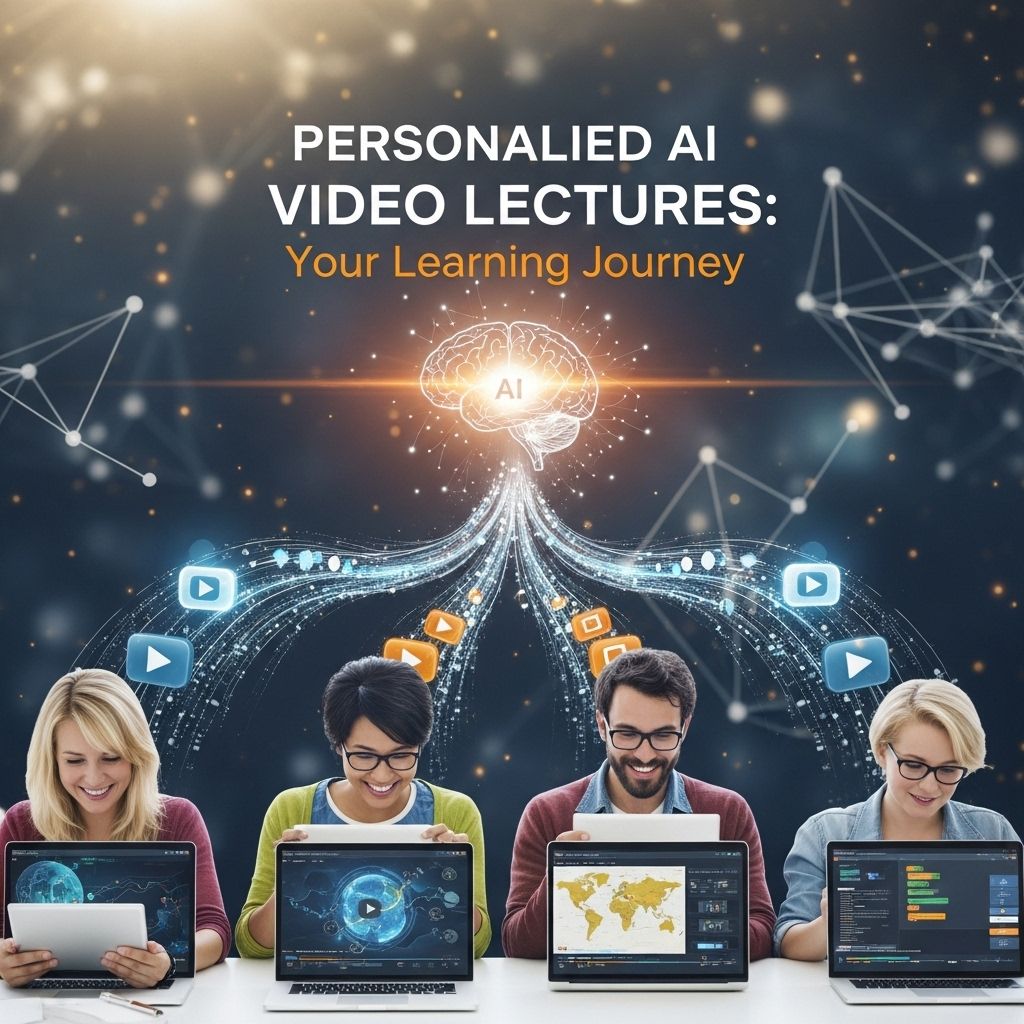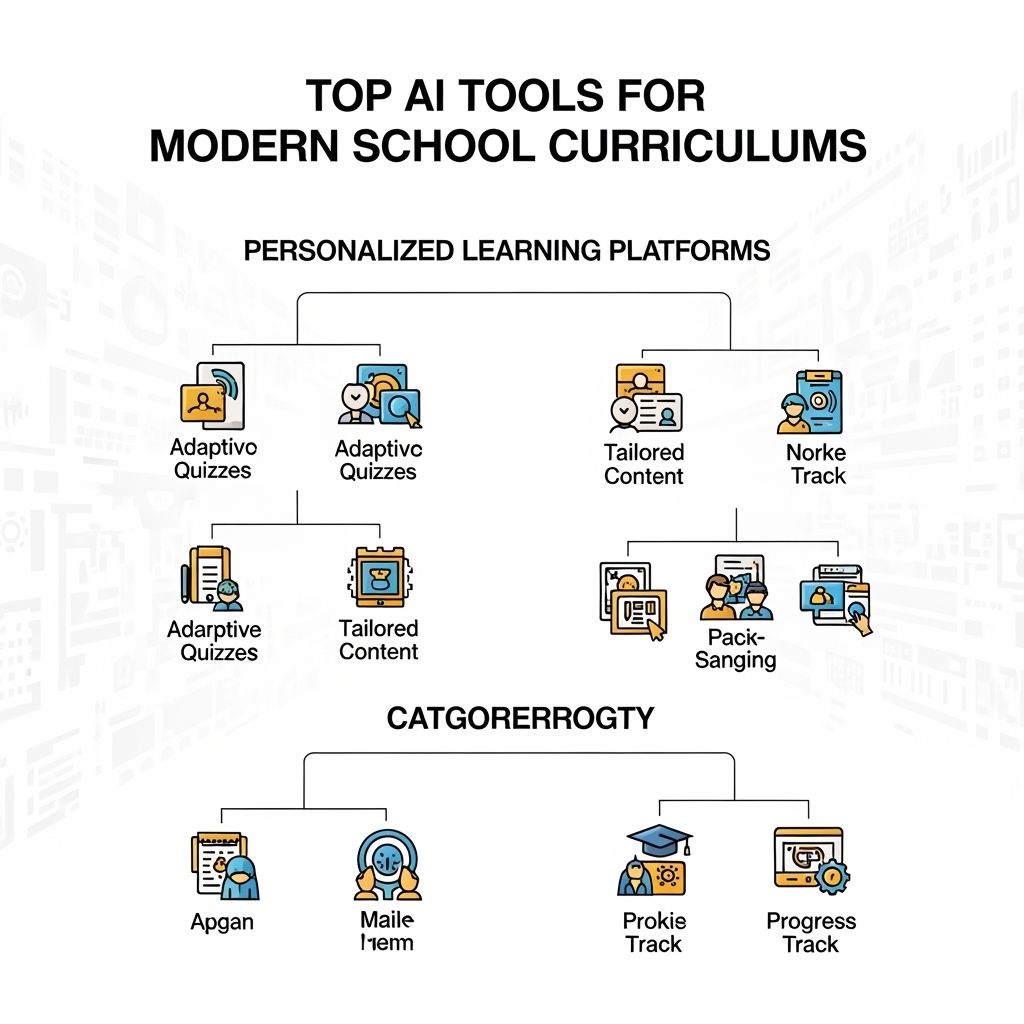How AI Doubt Solvers Boost Student Learning
Discover how AI doubt solvers improve student comprehension and learning outcomes through personalized support and immediate feedback.

In recent years, artificial intelligence has revolutionized education by offering innovative solutions to age-old challenges faced by students and educators alike. Among these advancements, AI doubt solvers have emerged as powerful tools that not only address students’ queries but also enhance their understanding of complex subjects. By leveraging advanced algorithms and data analysis, these systems provide personalized learning experiences that cater to individual needs, ultimately fostering a deeper grasp of the material.
Table of Contents
The Mechanism Behind AI Doubt Solvers
AI doubt solvers operate using sophisticated natural language processing (NLP) algorithms and machine learning techniques. These systems are designed to interpret and respond to student inquiries in real-time, making learning more interactive and engaging. The following elements outline how these AI systems function:
- Natural Language Processing: NLP enables the AI to understand human language, allowing it to comprehend student queries effectively.
- Contextual Understanding: By analyzing previous interactions and the context of a question, AI can provide nuanced answers that address specific doubts.
- Adaptive Learning Algorithms: These algorithms enable the system to adapt responses based on the student’s learning style and pace, offering tailored assistance.
- Data-Driven Insights: AI solutions analyze vast amounts of educational data to identify common areas of confusion and suggest targeted resources.
Benefits of AI Doubt Solvers in Education
Integrating AI doubt solvers into educational environments presents numerous advantages, including:
1. Instant Access to Information
Students are accustomed to immediate information access, and AI doubt solvers cater to this need. This instant access to explanations and resources helps maintain student engagement and motivation.
2. Personalized Learning Experience
Every student learns differently. AI systems can customize their responses based on individual performance metrics and preferences, allowing learners to progress at their own pace. For instance:
| Learning Style | AI Response Adaptation |
|---|---|
| Visual Learners | Provide videos or infographics related to the query. |
| Auditory Learners | Offer explanations through podcasts or audio messages. |
| Kinaesthetic Learners | Suggest interactive simulations or practical exercises. |
3. Enhanced Understanding Through Practice
AI doubt solvers often include features like practice quizzes and interactive exercises that encourage students to apply concepts, thereby reinforcing their learning. By identifying common errors and providing feedback, these systems help students learn from their mistakes.
4. 24/7 Availability
Traditional tutoring services have limited availability, but AI doubt solvers are accessible anytime, anywhere. This flexibility allows students to seek help outside of regular school hours, promoting continuous learning.
Challenges and Limitations of AI Doubt Solvers
Despite the numerous benefits, the integration of AI doubt solvers is not without challenges. Here are some key limitations:
1. Dependency on Technology
Students may become overly reliant on AI systems, potentially hindering their ability to solve problems independently. Balancing technology use with traditional study methods is crucial.
2. Misinterpretation of Queries
AI systems may struggle to accurately interpret complex or ambiguous questions, leading to irrelevant or inadequate responses. Continuous improvement in NLP is necessary to minimize these errors.
3. Lack of Human Touch
While AI can provide instant responses, it lacks the empathy and nuanced understanding of a human tutor. This can impact student motivation and emotional support, especially in challenging subjects.
Real-World Applications of AI Doubt Solvers
AI doubt solvers are already making significant strides in various educational contexts. Here are a few notable examples:
1. K-12 Education
Schools and districts are incorporating AI tools to assist students with homework and study materials, improving overall academic performance. Programs like IBM Watson Education have been implemented in class settings to provide real-time help.
2. Higher Education
Universities are using AI platforms to support students in challenging courses, such as STEM fields. For instance, Coursera and EdX leverage AI to provide on-demand learning support to thousands of students worldwide.
3. Learning Management Systems
Many learning management systems (LMS), such as Moodle and Blackboard, are integrating AI doubt solver capabilities to streamline student interactions and enhance user experience.
Future of AI in Education
The future of AI in education looks promising, with ongoing advancements poised to reshape how students learn and teachers instruct. Potential developments include:
- Integration with Virtual Reality: Combining AI doubt solvers with VR technology to create immersive learning experiences.
- Improved Emotional Intelligence: Enhancing AI systems to recognize and respond to students’ emotional states, providing tailored support.
- Open-Source AI Platforms: Encouraging collaboration among educators and developers to create accessible and customizable AI solutions for diverse learning environments.
Conclusion
AI doubt solvers represent a significant step forward in educational technology, helping students overcome obstacles and fostering a greater understanding of complex subjects. While challenges remain, the potential for these systems to enhance learning is immense. As technology continues to evolve, it is essential for educators and learners to embrace these tools, balancing their use with traditional methods to ensure comprehensive learning experiences. The collaboration between human intelligence and artificial intelligence could pave the way for a more effective and personalized education system in the years to come.
FAQ
How do AI doubt solvers work?
AI doubt solvers use natural language processing and machine learning algorithms to understand students’ questions and provide accurate answers in real-time.
What are the benefits of using AI doubt solvers for students?
AI doubt solvers offer personalized learning experiences, instant feedback, and 24/7 availability, helping students grasp complex concepts more effectively.
Can AI doubt solvers help with all subjects?
Yes, many AI doubt solvers are designed to assist with a wide range of subjects, including mathematics, science, and language arts.
Are AI doubt solvers suitable for all education levels?
AI doubt solvers can be beneficial for students across various education levels, from elementary to higher education, adapting to their learning needs.
How do AI doubt solvers improve student engagement?
By providing instant answers and interactive learning experiences, AI doubt solvers keep students engaged and motivated to explore subjects further.
What role does AI play in personalized learning?
AI tailors educational content and resources based on individual student performance and learning preferences, enhancing their overall academic experience.








